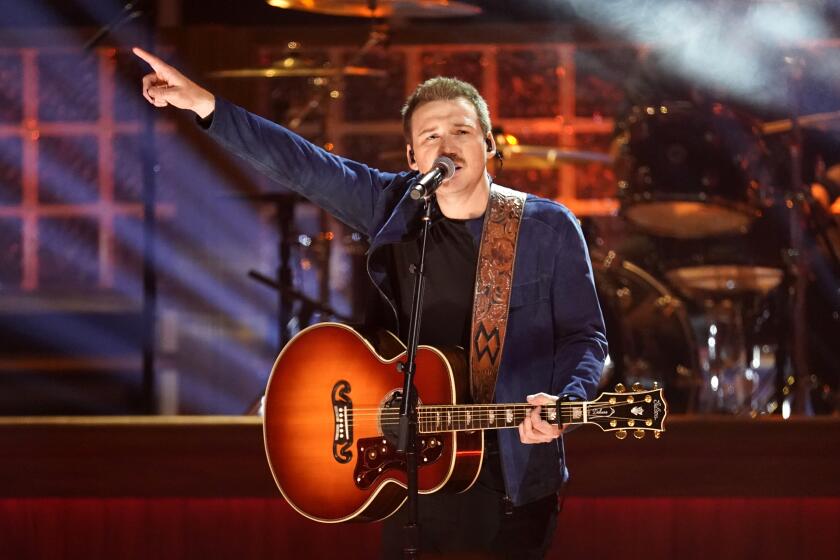Jack and Allen, in their own words
Jack Kerouac and Allen Ginsberg
The Letters
Edited by Bill Morgan and David Stanford
Viking: 528 pp., $35
“Howl” (1956) and “On the Road” (1957), two works that helped define a time, sprang from two wildly fired, independent imaginations. Few would have put Allen Ginsberg and Jack Kerouac together when they met at Columbia University in 1944. But they became profound friends, inspired in part by the muse of the elusive, multi-vocal Neal Cassady and joined by the brilliantly perverse, professorial elder William Burroughs. Beaten and beatitude — beat, the Beats. There has been as much interest in the style, lives and scenes as there has been in the thinking and the writing. Ginsberg lived his life increasingly with dramatic flair, if not self-promotion. Kerouac appeared to drift soon after the 1950s into drink and solitude. The depth of their development as friends but especially as writers has never been shown more clearly than in this stunning new collection, “Jack Kerouac and Allen Ginsberg: The Letters.” Consisting of about 200 letters, the book is large and comes with few notes. The letters are sometimes long but almost infallibly interesting. Ginsberg biographer Bill Morgan and David Stanford, a longtime editor at Viking, provide readers with a volume as illuminating as it is indispensable for understanding these writers and their work.
Ginsberg and Kerouac divulge here what really seems to matter most — their souls and their writing. There is literary gossip about their compatriots, including, of course, Cassady, Burroughs, Gregory Corso, Herbert Huncke and others. The letters, though, are more often about what each thinks about something vital. It’s fascinating, for example, to hear Kerouac talk about what Cassady had to say after attending a lecture given by Thomas Mann. And if there is a widely held view that Kerouac became a curmudgeon only later in his life, readers might be surprised to find him writing in 1949: “I want to read books, I want to write books, I’ll write books in the woods. Thoreau was right; Jesus was right. It’s all wrong and I denounce it and it can all go to hell. I don’t believe in this society but I believe in man, like Mann. So roll your own bones, I say.”
Kerouac was responding, in part, to Ginsberg’s struggle with being committed to a psychiatric institute. Kerouac tends to maintain a laconic, sad assurance in his letters. Ginsberg’s missives on his shapeshifting self tend to meander and seem a bit more self-consciously literary. As Ginsberg comes to reject the notion that he’s crazy, Kerouac encourages him as a great young poet. We see Ginsberg entranced by Blake’s visions and by the purity of Bach. And Ginsberg inspires and confirms Kerouac’s yearning for a mythic West meeting a dharmic East. In reading these letters, you feel both writers moving each other toward greater energies of transcendence.
Faggen is writing a biography of Ken Kesey and is the Barton Evans and H. Andrea Neves Professor of Literature at Claremont McKenna College.
More to Read
The biggest entertainment stories
Get our big stories about Hollywood, film, television, music, arts, culture and more right in your inbox as soon as they publish.
You may occasionally receive promotional content from the Los Angeles Times.






